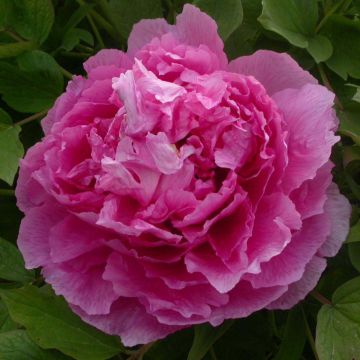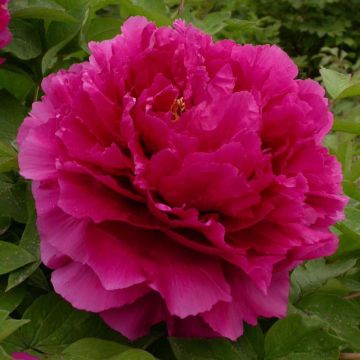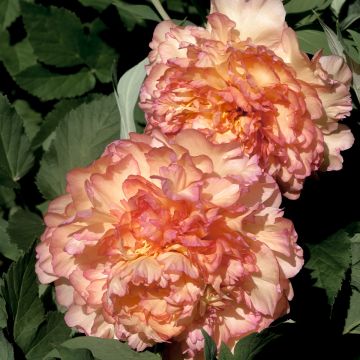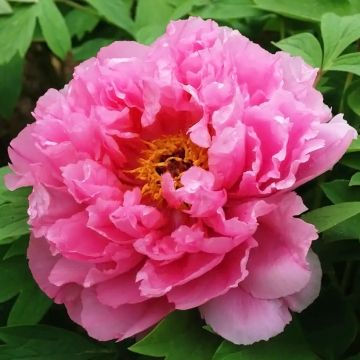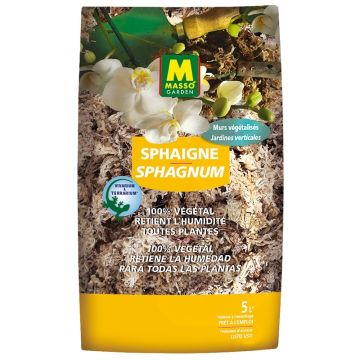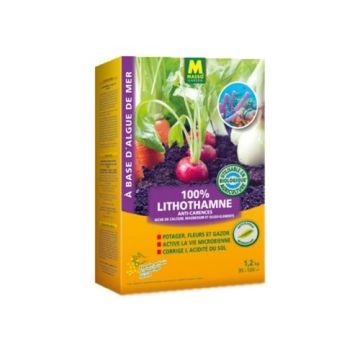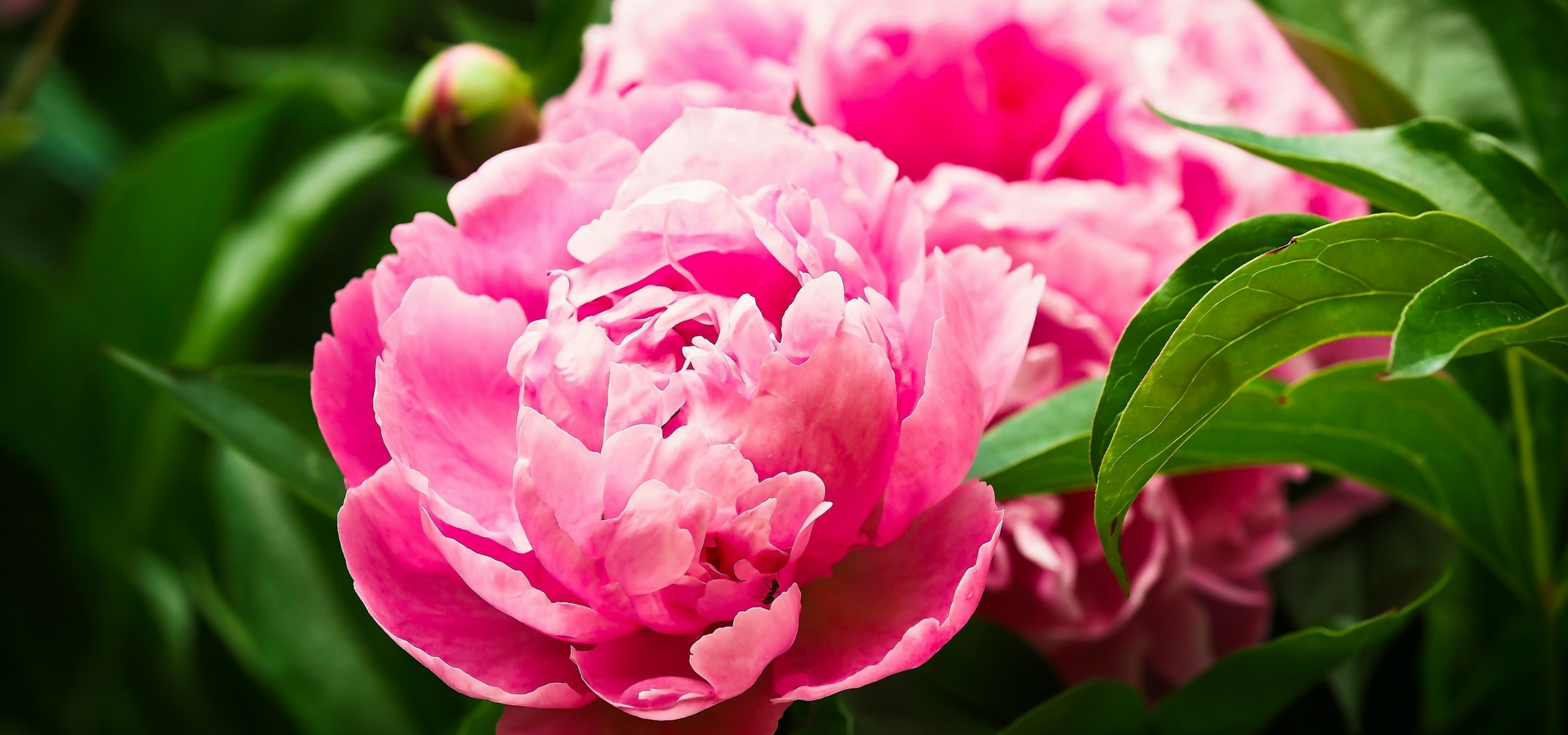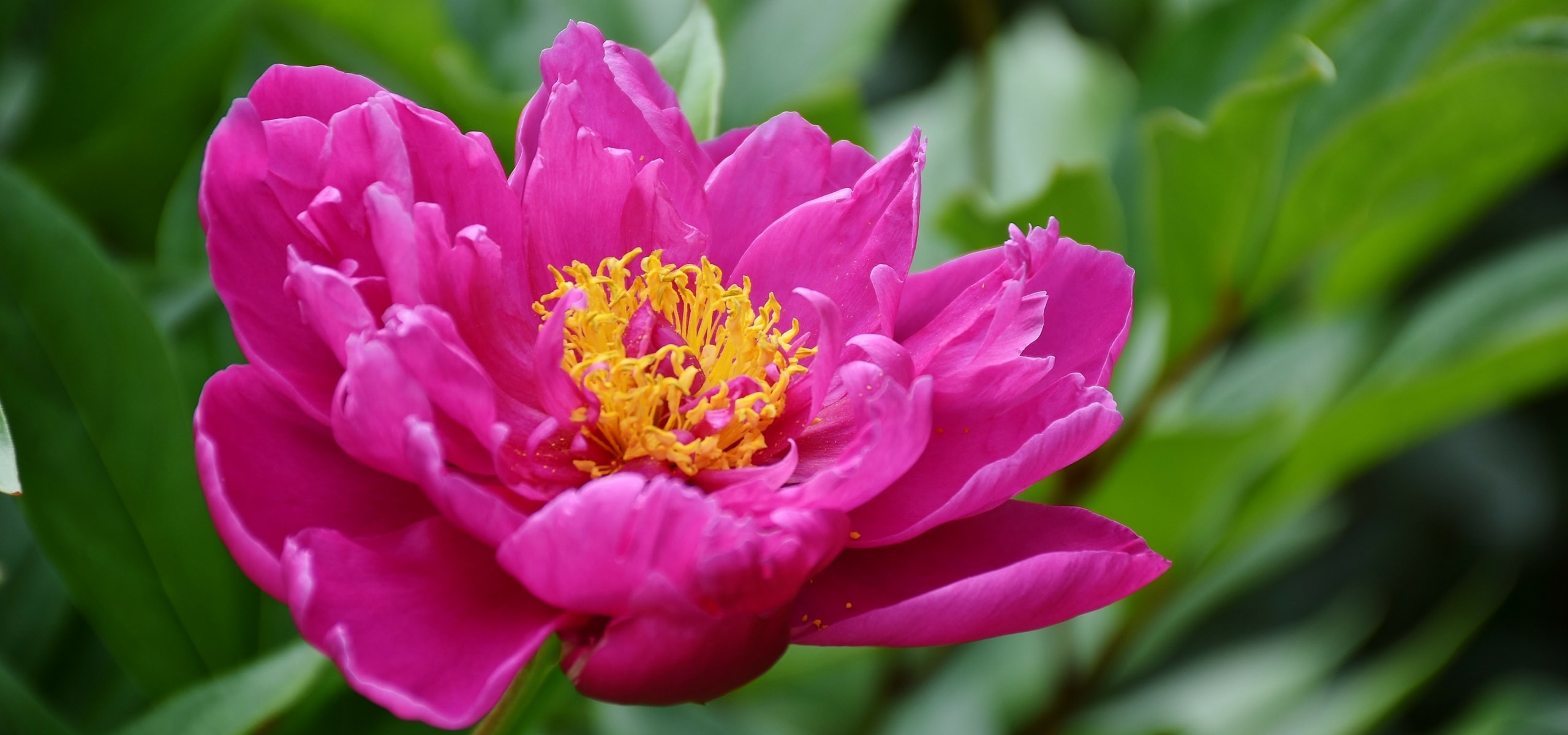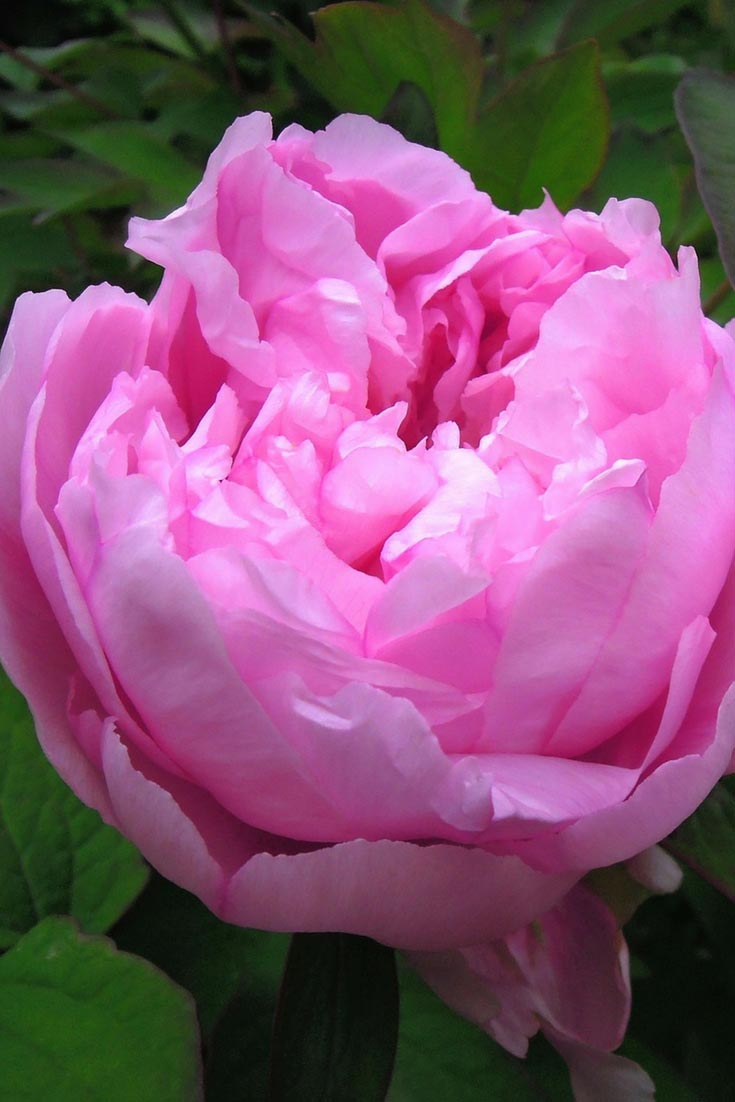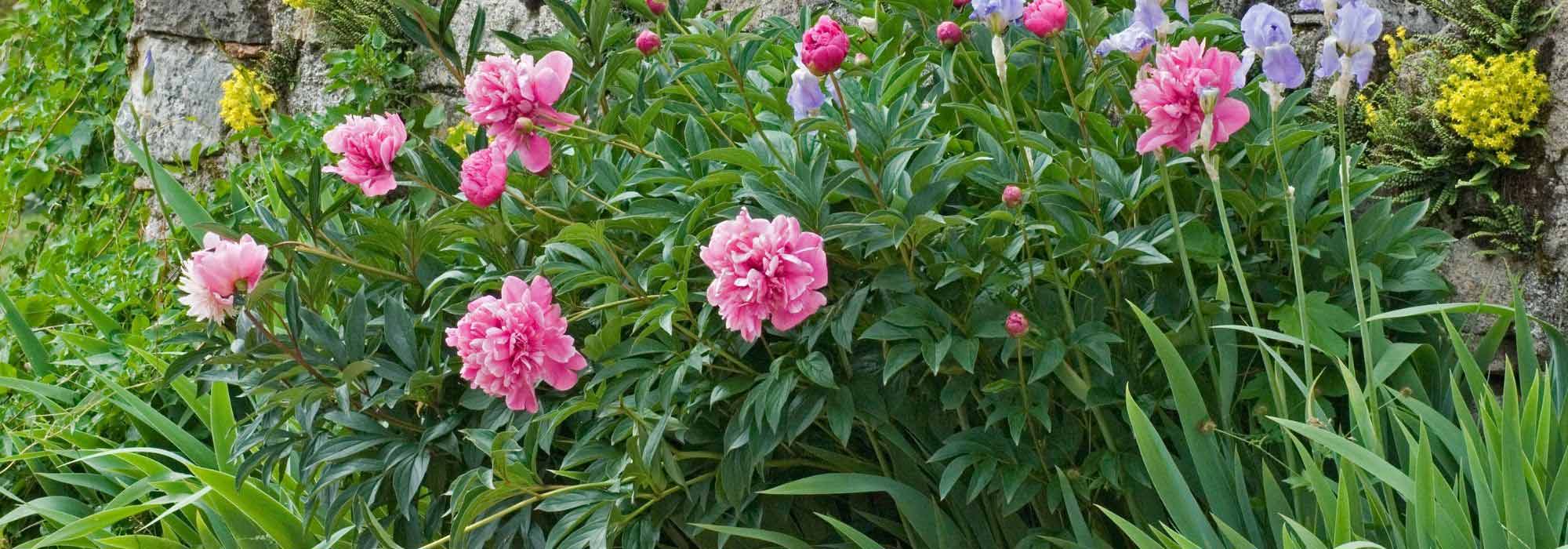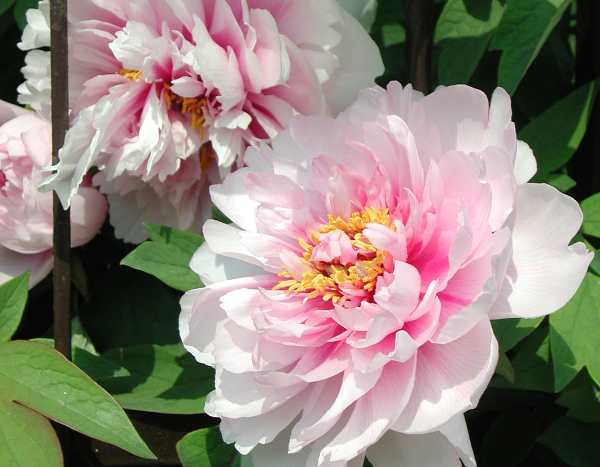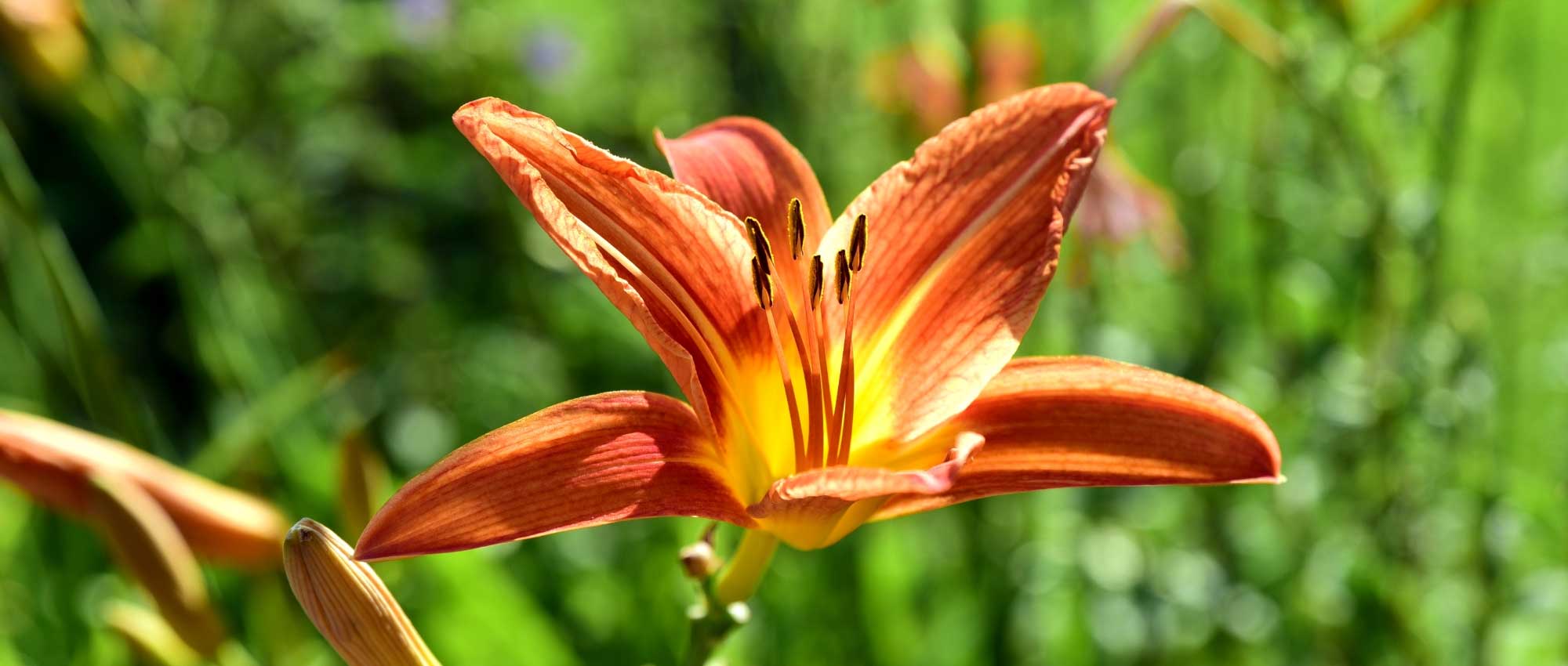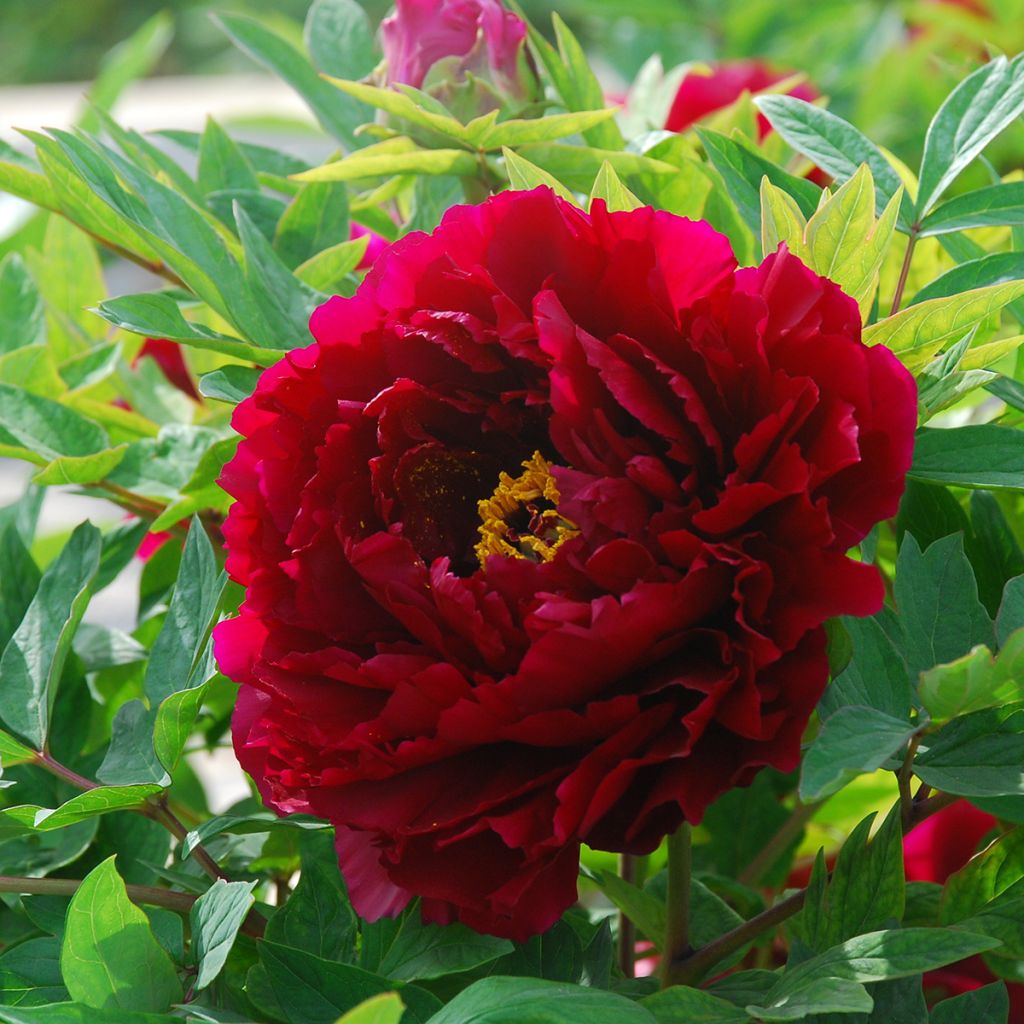

Paeonia x suffruticosa The Best Inkstone - Tree peony
Paeonia x suffruticosa The Best Inkstone - Tree peony
Paeonia x suffruticosa The Best Inkstone
Tree Peony
Special offer!
Receive a €20 voucher for any order over €90 (excluding delivery costs, credit notes, and plastic-free options)!
1- Add your favorite plants to your cart.
2- Once you have reached €90, confirm your order (you can even choose the delivery date!).
3- As soon as your order is shipped, you will receive an email containing your voucher code, valid for 3 months (90 days).
Your voucher is unique and can only be used once, for any order with a minimum value of €20, excluding delivery costs.
Can be combined with other current offers, non-divisible and non-refundable.
Why not try an alternative variety in stock?
View all →This plant carries a 12 months recovery warranty
More information
We guarantee the quality of our plants for a full growing cycle, and will replace at our expense any plant that fails to recover under normal climatic and planting conditions.
Would this plant suit my garden?
Set up your Plantfit profile →
Description
Tree peony 'The Best Inkstone' (Mo Run Jue Lun) is a variety of Paeonia × suffruticosa whose large deep dark red flowers evoke the lustre of precious ink. A poetic nod to its Chinese name, which translates as "Unrivalled Shining Ink". Flowering in mid-spring, the bush attracts attention with its majestic habit and opulent flowering. This very hardy tree peony thrives in the sun in a somewhat substantial, but well-drained soil. It will live for many long years, becoming more majestic over time.
Paeonia × suffruticosa 'The Best Inkstone', also marketed as 'Exceptional Ebony’, belongs to the Paeoniaceae family. This cultivar originates from Chinese horticulture. Its Chinese name, "Mo Run Jue Lun", translates as "unrivalled shining ink". This variety is the result of complex hybridisations between several Chinese species of tree peonies, grouped under the botanical name Paeonia × suffruticosa, whose origin dates back to the mountainous regions of central China, particularly in Henan province.
This peony, 'The Best Inkstone', has a bushy, upright and well-structured habit. Its growth is slow: it takes several years to reach its mature dimensions. In open ground, it can reach on average 1.20 m in height and as much in width. Its semi-double to double flowers measure 15 to 20 cm in diameter. They are composed of broad, silky, slightly crinkled, deep purplish-red petals, with a velvety appearance. They emit a very light fragrance. At full bloom, the corolla opens to reveal a very dark centre adorned with golden-yellow stamens. Flowering occurs in the middle of the peony season, between April and May, or even early June, depending on the climate. It lasts about 3 weeks. The foliage of the tree peony is deciduous, composed of large leaves deeply divided into lanceolate leaflets, dark green in summer, sometimes purplish at the bud burst period, turning yellow in autumn. The brown-grey, woody stems thicken and become hollow with age. After flowering, hairy follicle-shaped fruits may appear. They contain round, black seeds. A symbol of beauty and nobility in China, the tree peony is a cultural treasure, often depicted in the arts and celebrated at flower festivals.
Tree peony 'The Best Inkstone' is a slow grower. Over the years, it will become a rather fantastic bush, laden with enormous flowers in spring. In the garden, this plant can be showcased as a standalone specimen. Plant it against a wall, in the foreground of a hedge or in a border, but always sheltered from the wind and in a very open position. It thrives in gardens of Asian inspiration, but also finds its place in more naturalistic scenes. Its magnificent, large red flowers will be enhanced by the silvery foliage of the wormwood 'Powis Castle'. Pair it with Paeonia lutea, with single yellow flowers, '10 Lu Mu Ying Yu', with fragrant greenish-white flowers, and 'Lilac', pale pink with black markings.
Flowering
Foliage
Plant habit
Botanical data
Paeonia
x suffruticosa
The Best Inkstone
Paeoniaceae
Tree Peony
Paeonia x suffruticosa Mo Run Jue Lun, Paeonia x suffruticosa Exceptional Ebony
Cultivar or hybrid
Planting and care
Position Tree Peony 'The Best Inkstone' in full sun in northern regions, where 6 hours of daily sunlight are needed for abundant flowering. Morning sun is appreciated, while scorching conditions should be avoided. From September to May, except during frost periods, plant it in fertile, deep, slightly acidic, neutral or even slightly chalky soil, moist but well-drained to prevent root rot. Once well-established in deep ground, tree peonies require no summer watering in any region, particularly early-spring flowering varieties. Their cold resistance is excellent, but flower buds may be damaged by strong, dry, or cold winds.
Tree peonies are easy to care for and need minimal maintenance, but deserve careful planting. When planting, dig a large hole 40-50 cm deep and at least as wide. Fill it with a mixture of garden soil, leaf mold, and river sand or gravel if your soil is very heavy and compact. Add crushed horn, bone meal, and dried blood to the bottom of the planting hole. Avoid packing plants too tightly to ensure good aeration. Tree peonies dislike root competition from other plants, so allow 1 metre spacing from neighbours. The graft should be buried about 20 centimetres deep so the plant gradually becomes independent of its rootstock. Water generously but infrequently (every 5-8 days) during the first two years from March to September. Peonies shouldn't be moved after planting. Avoid pruning unless the base becomes bare. If so, prune at the level of basal shoots. Provide a stake to support flower stems and remove faded flowers during the season.
Planting period
Intended location
Care
Planting & care advice
This item has not been reviewed yet - be the first to leave a review about it.
Haven't found what you were looking for?
Hardiness is the lowest winter temperature a plant can endure without suffering serious damage or even dying. However, hardiness is affected by location (a sheltered area, such as a patio), protection (winter cover) and soil type (hardiness is improved by well-drained soil).

Photo Sharing Terms & Conditions
In order to encourage gardeners to interact and share their experiences, Promesse de fleurs offers various media enabling content to be uploaded onto its Site - in particular via the ‘Photo sharing’ module.
The User agrees to refrain from:
- Posting any content that is illegal, prejudicial, insulting, racist, inciteful to hatred, revisionist, contrary to public decency, that infringes on privacy or on the privacy rights of third parties, in particular the publicity rights of persons and goods, intellectual property rights, or the right to privacy.
- Submitting content on behalf of a third party;
- Impersonate the identity of a third party and/or publish any personal information about a third party;
In general, the User undertakes to refrain from any unethical behaviour.
All Content (in particular text, comments, files, images, photos, videos, creative works, etc.), which may be subject to property or intellectual property rights, image or other private rights, shall remain the property of the User, subject to the limited rights granted by the terms of the licence granted by Promesse de fleurs as stated below. Users are at liberty to publish or not to publish such Content on the Site, notably via the ‘Photo Sharing’ facility, and accept that this Content shall be made public and freely accessible, notably on the Internet.
Users further acknowledge, undertake to have ,and guarantee that they hold all necessary rights and permissions to publish such material on the Site, in particular with regard to the legislation in force pertaining to any privacy, property, intellectual property, image, or contractual rights, or rights of any other nature. By publishing such Content on the Site, Users acknowledge accepting full liability as publishers of the Content within the meaning of the law, and grant Promesse de fleurs, free of charge, an inclusive, worldwide licence for the said Content for the entire duration of its publication, including all reproduction, representation, up/downloading, displaying, performing, transmission, and storage rights.
Users also grant permission for their name to be linked to the Content and accept that this link may not always be made available.
By engaging in posting material, Users consent to their Content becoming automatically accessible on the Internet, in particular on other sites and/or blogs and/or web pages of the Promesse de fleurs site, including in particular social pages and the Promesse de fleurs catalogue.
Users may secure the removal of entrusted content free of charge by issuing a simple request via our contact form.
The flowering period indicated on our website applies to countries and regions located in USDA zone 8 (France, the United Kingdom, Ireland, the Netherlands, etc.)
It will vary according to where you live:
- In zones 9 to 10 (Italy, Spain, Greece, etc.), flowering will occur about 2 to 4 weeks earlier.
- In zones 6 to 7 (Germany, Poland, Slovenia, and lower mountainous regions), flowering will be delayed by 2 to 3 weeks.
- In zone 5 (Central Europe, Scandinavia), blooming will be delayed by 3 to 5 weeks.
In temperate climates, pruning of spring-flowering shrubs (forsythia, spireas, etc.) should be done just after flowering.
Pruning of summer-flowering shrubs (Indian Lilac, Perovskia, etc.) can be done in winter or spring.
In cold regions as well as with frost-sensitive plants, avoid pruning too early when severe frosts may still occur.
The planting period indicated on our website applies to countries and regions located in USDA zone 8 (France, United Kingdom, Ireland, Netherlands).
It will vary according to where you live:
- In Mediterranean zones (Marseille, Madrid, Milan, etc.), autumn and winter are the best planting periods.
- In continental zones (Strasbourg, Munich, Vienna, etc.), delay planting by 2 to 3 weeks in spring and bring it forward by 2 to 4 weeks in autumn.
- In mountainous regions (the Alps, Pyrenees, Carpathians, etc.), it is best to plant in late spring (May-June) or late summer (August-September).
The harvesting period indicated on our website applies to countries and regions in USDA zone 8 (France, England, Ireland, the Netherlands).
In colder areas (Scandinavia, Poland, Austria...) fruit and vegetable harvests are likely to be delayed by 3-4 weeks.
In warmer areas (Italy, Spain, Greece, etc.), harvesting will probably take place earlier, depending on weather conditions.
The sowing periods indicated on our website apply to countries and regions within USDA Zone 8 (France, UK, Ireland, Netherlands).
In colder areas (Scandinavia, Poland, Austria...), delay any outdoor sowing by 3-4 weeks, or sow under glass.
In warmer climes (Italy, Spain, Greece, etc.), bring outdoor sowing forward by a few weeks.































